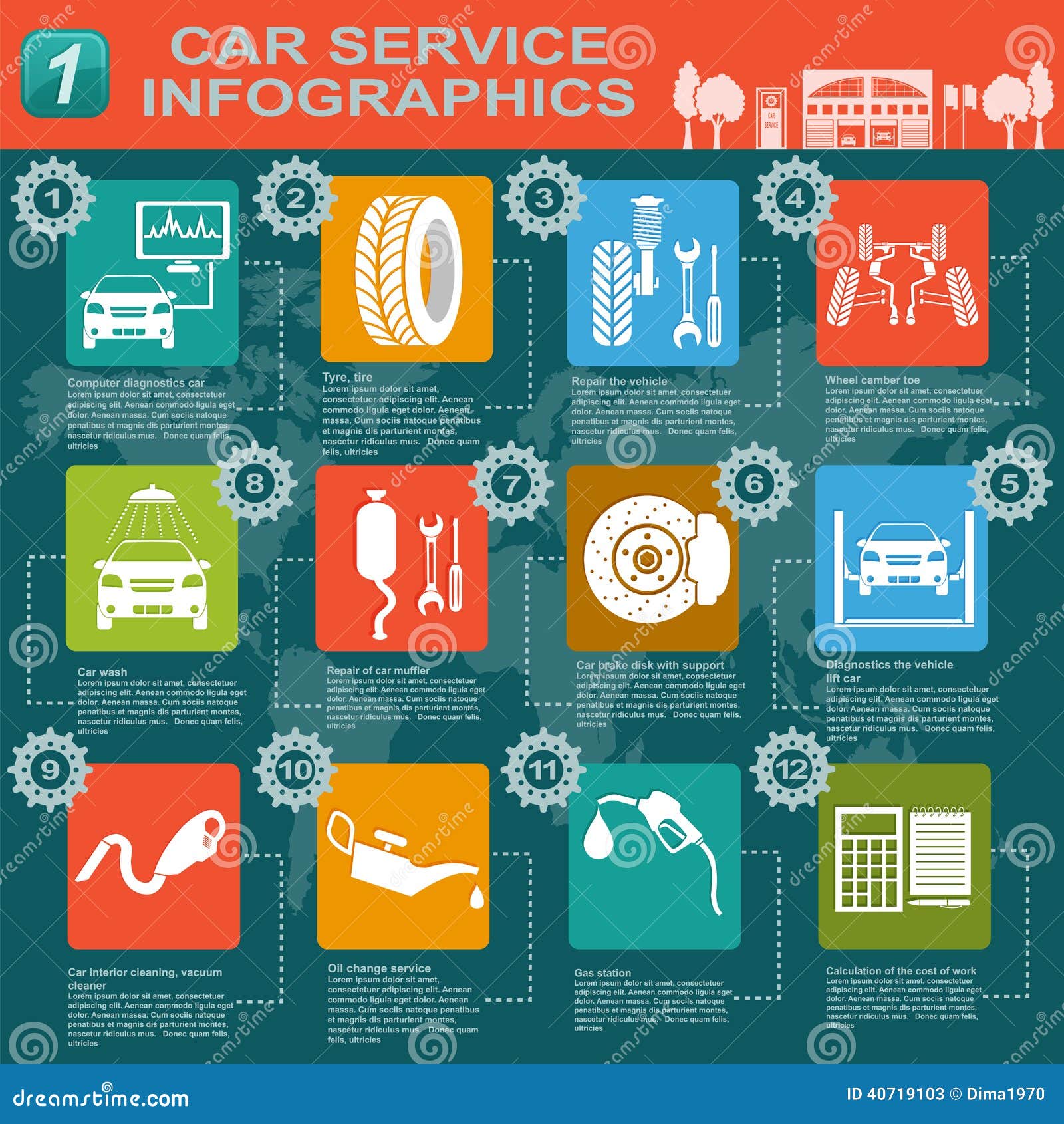Decoding The Most Common Caution Lights On Your Dashboard And Their Analyses
Decoding The Most Common Caution Lights On Your Dashboard And Their Analyses
Blog Article
Staff Author-Pappas Juarez
When you lag the wheel, those control panel caution lights can be a genuine secret. However did you recognize that understanding them can save you from prospective cars and truck troubles in the future? From the ominous check engine light to the subtle oil stress caution and the ever-important battery light, each one acts as a critical signal from your vehicle. It's time to shed light on these usual control panel warnings and outfit yourself with the expertise to navigate the roadway ahead.
Recognizing the Inspect Engine Light
When your control panel brightens with the check engine light, it is necessary not to panic but to take prompt action. The check engine light works as a warning that your automobile's onboard diagnostic system has actually detected a possible problem with the engine, discharges, or other crucial parts. Overlooking this light can bring about much more severe issues down the road, so it's important to address it immediately.
To recognize the source of the concern activating the check engine light, you can use an OBD-II scanner to recover the certain trouble codes stored in your car's computer system. These codes offer beneficial details that can help determine the underlying problem.
While some problems creating the check engine light might be minor, such as a loose gas cap, others could indicate more considerable worries that require professional focus.
Decoding the Oil Pressure Warning
Upon experiencing the oil pressure advising light on your control panel, prompt attention is important. https://www.aftermarketnews.com/advance-auto-parts-tekmetric-announce-strategic-partnership/ shows that the oil pressure in your engine may be too low, which can result in significant engine damages if not resolved immediately. Reduced oil stress can be caused by a variety of issues such as a leak, a damaged oil pump, or low oil levels. Neglecting this advising light might result in costly repairs or perhaps engine failing.
If you see the oil stress warning light come on, the primary step is to safely pull over to the side of the road and shut off your engine. Examine the oil level utilizing the dipstick and guarantee it's at the suggested level.
If mouse click the following web site is low, top it up with the suitable oil for your automobile. If the oil level suffices, don't proceed driving and look for help from an auto mechanic to detect and repair the concern without delay. Bear in mind, maintaining correct oil stress is vital for the health and longevity of your engine.
Analyzing the Battery Light
To decode the importance of the battery light on your control panel, you need to recognize its critical role in your vehicle's electric system. When the battery light brightens while you're driving, it suggests that the electrical system isn't obtaining sufficient power from the battery.
This could be because of a failing battery, a defective alternator, or concerns with the charging system. Ignoring this advising light might bring about your automobile delaying or being not able to start.
If the battery light begins, it's recommended to securely pull over and have your automobile checked by an auto mechanic as soon as possible. They can do diagnostics to determine the underlying issue and protect against a possible failure.
Final thought
Since you understand how to recognize the most common warning lights on your control panel and what they imply, you can resolve any kind of potential issues immediately. Keep in mind, the check engine light, oil stress caution, and battery light are very important signs of your automobile's wellness. Remain informed, stay risk-free, and keep your automobile running smoothly by taking note of these warning signs.
